What really goes wrong with cheap 4X4 gear
Cheap 4x4 gear problems are more common than you think. Here's what breaks, why it matters, and how it could cost you more long-term.
Advertisement
There’s no shortage of budget gear flooding the market these days, but cheap 4×4 gear problems are all too real. We’re diving into what actually goes wrong with budget gear, why it fails, and when spending a bit more upfront makes all the difference.
It doesn’t take a rocket scientist to realise that the 4X4 accessory landscape has changed dramatically in the last 15 years, thanks, in no small part, to the wave after wave of budget-oriented gear. It has effectively drawn the line in the sand. Those on the budget side are shouting from the rooftops that the only difference is a price tag, or that you’re paying for the brand name. Those on the expensive side are convincing themselves that every extra dollar they spend somehow translates into a better item.
As with most things in life, the truth often ends up somewhere in the middle. We thought we should shine the spotlight on cheap gear and how it often doesn’t represent the bargain it’s claimed to be. Before the expensive crowd puffs their chests out too far, it’s important to note that when we talk about cheap, it’s irrelevant to the price tag, more along the lines of quality. After all, if Ferrari started re-badging Hyundais and charging $250K for them, they’re not going to get any better. It all ultimately rests on the shoulders of the savvy buyer.
In some situations, budget gear is where the smart money goes; in others, you really do get what you pay for. We’re by no means telling anyone to go out and buy a $300 tyre deflator. But if 90% of tyre deflators are $50-$60 and one pops up for $5 you’ve gotta wonder why…
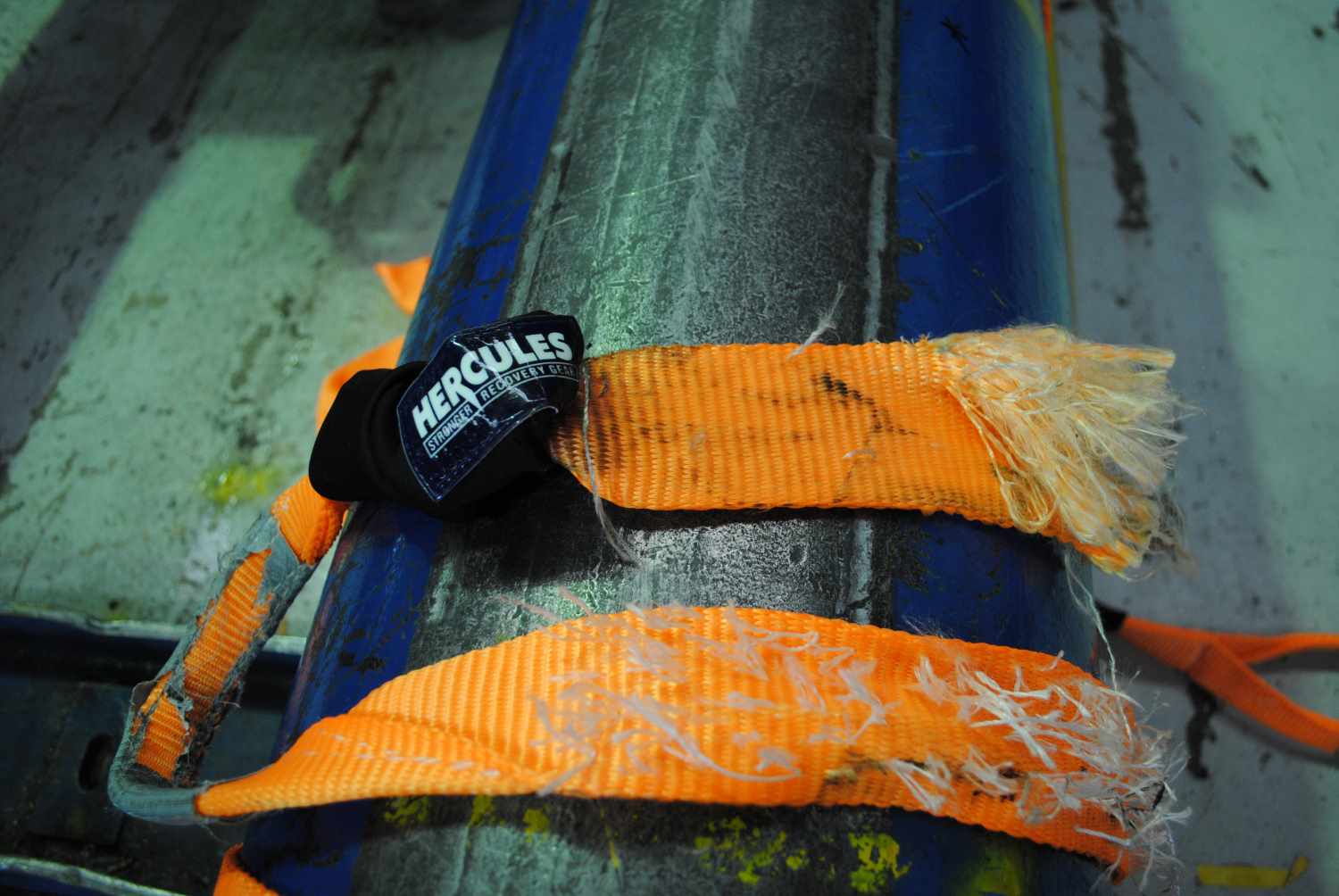
As our snatch strap comparison shows, not all straps are created equal. And while it’s one of the rare purchases where you actually get a better product if you spend more, it’s important to know what actually goes wrong with the cheaper gear. Although it may seem counterintuitive, the strap material should fail before the stitching. The logic is that if the strap is the strongest link, it won’t have enough give in it to actually stretch and function as a snatch strap.
In cheaper straps, it’s often the stitching that gives way first. This means two things: either the stitching just isn’t up to scratch, or the strap material is too tough and doesn’t really function like it’s intended to. Either one isn’t a good option.
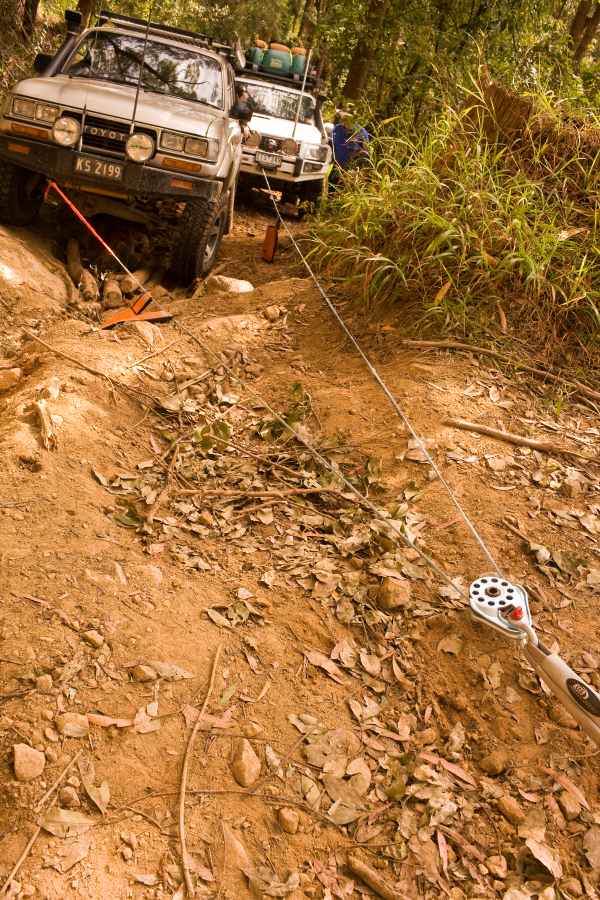
How many pages do we have for this article again? It’s easy to point to numerous failures in cheaper winches. Poor waterproofing, cheap electronics and poor material construction all plague the lower end of the market. But undoubtedly the worst flaw we’ve ever seen from a budget winch has been a complete failure of a brake system, sending a 105 Series LandCruiser flying back down the rock ledge it was climbing.
For the job they do, a low-mount winch is incredibly small. There’s no room to over-engineer components, so poor construction and design always show through, no matter how many free light bars they come with.
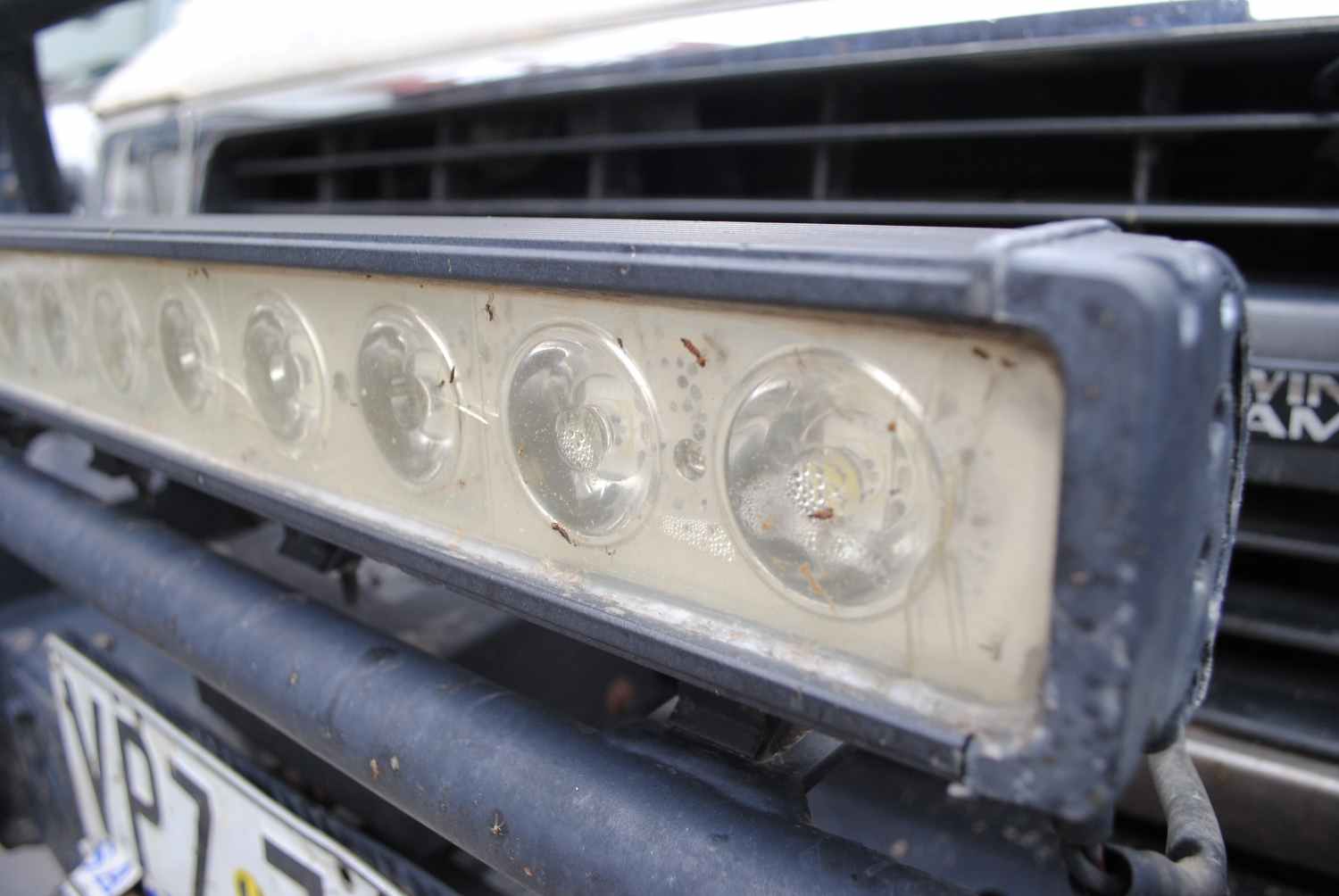
Look, we all know that cheap light bars don’t perform anything like the high-end gear, but for the majority of four-wheel drivers, it’s still more light than they’ll ever need. The real issues affecting most buyers are simply the build quality and poor design.
The most obvious is dropping an LED due to overheating, component failure, or even water ingress due to a poor housing design. An often overlooked flaw is the actual mounting system itself. We’ve even seen lights designed with smooth faces on both the light and the mount, meaning even the smallest corrugations would see the light pointing skyward; at least they’re cheap, right?
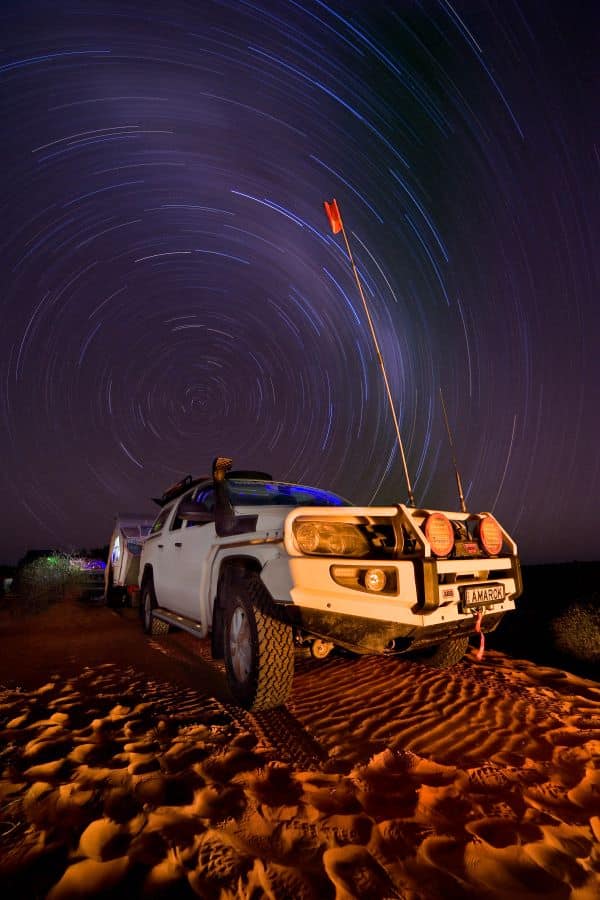
If you’re getting shot at, would you pick up the best bulletproof vest money can buy, or would you grab the vest that comes with a free UHF? Bullbars aren’t just designed to give you a handy spot to mount your driving lights and antenna. They see serious loads through winching, recoveries, and in some cases, animal strikes. Your life literally depends on them.
The harsh truth is that companies ordering their barwork off Alibaba aren’t getting gear that’s been designed to meet Australian Standards, let alone the forces seen in a serious situation. Cheap steel, undersized material, and poor design can cause bullbars to crumple when impacted, rust through the thin powder coat and buckle when winching. No thanks.
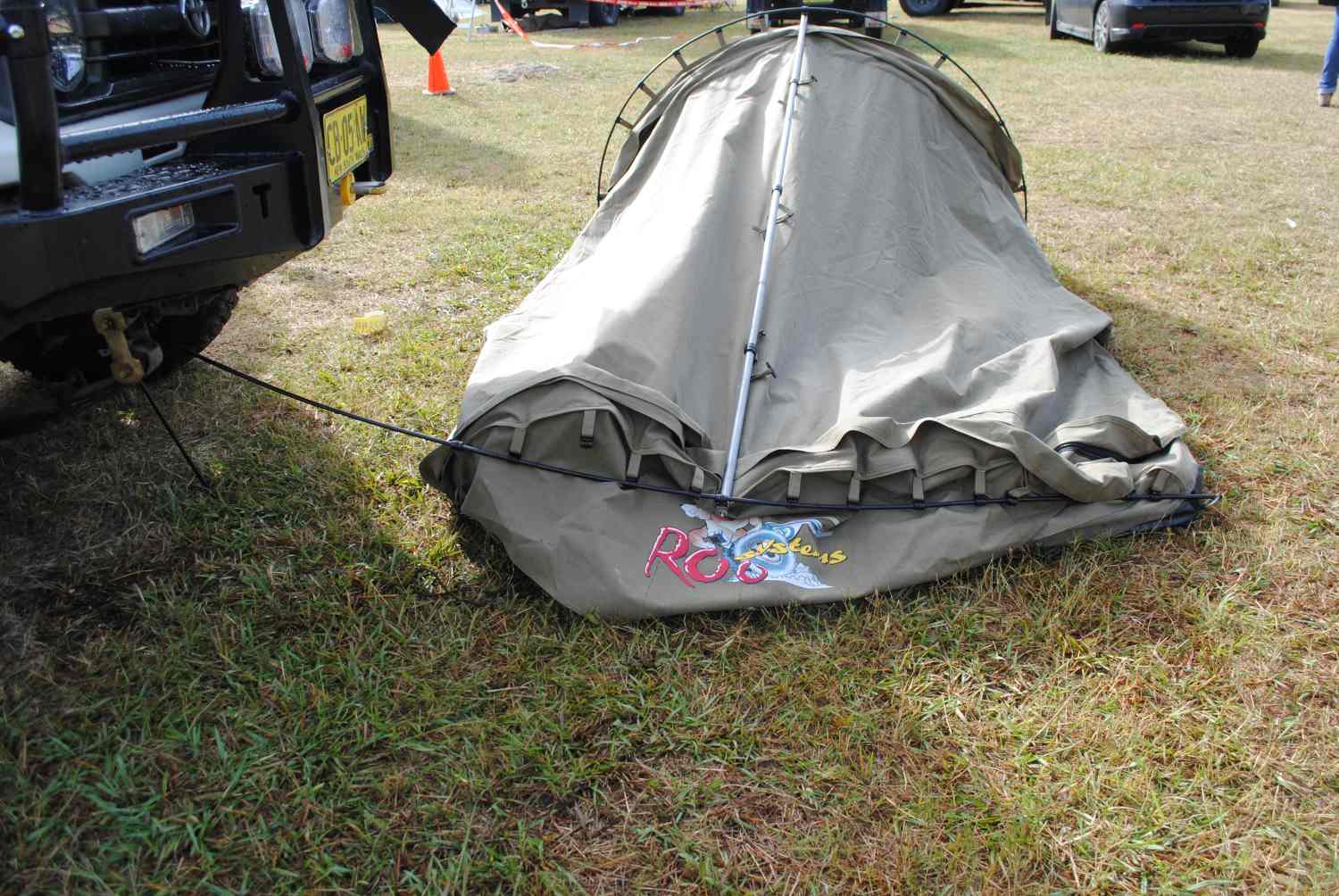
If there’s one thing that grinds my gears with cheap swags, it’s the crappy poles most of them seem to come with. They might look the part, but you know it’s not long until they let you down and ruin your whole weekend. They’re often made of inferior materials, making them less flexible and more likely to snap.
Combine that with low GSM canvas and you’re left with a tent or swag that’ll be cold in winter, hot in summer, full of holes, and saggier than a simile I’m not allowed to make if I want to continue working here.
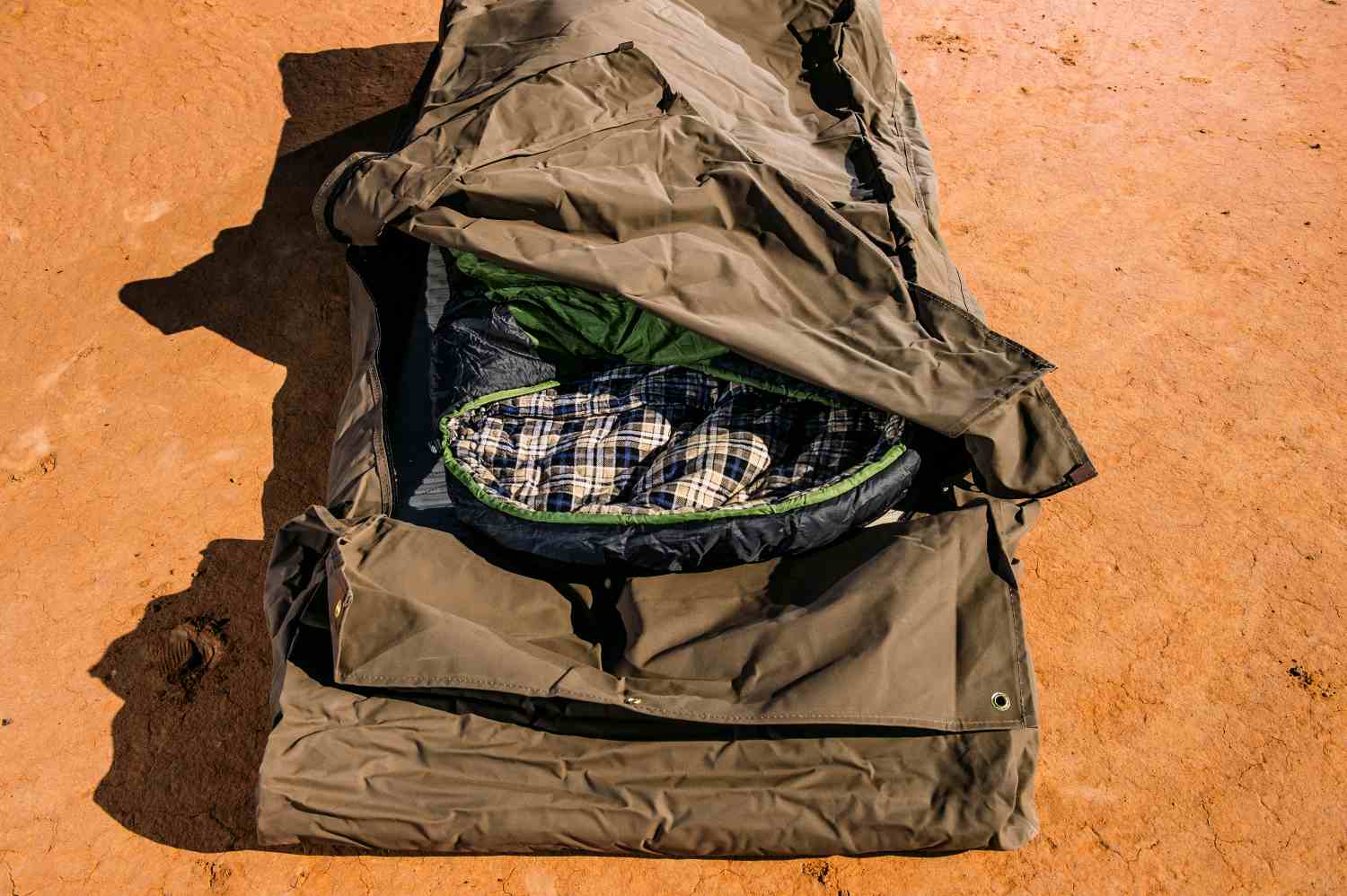
The trick to staying warm is creating air gaps. Air is horrendously inefficient at transferring heat (which is why air-cooled engines are dying out). So by creating an air gap, you can keep something insulated without adding any weight. Most sleeping bags work on this principle with two layers of material and a gap between them.
The gap is usually stuffed with material to keep the gap there, but the principle still stands. Cheap sleeping bags keep this stuffing in place by sewing little squares into the two layers. The problem with this is that it creates a path for heat transfer to soak through, and your body temperature to soak out. Higher-end gear uses internal baffling, keeping the stuffing in place without creating thermal weak spots.
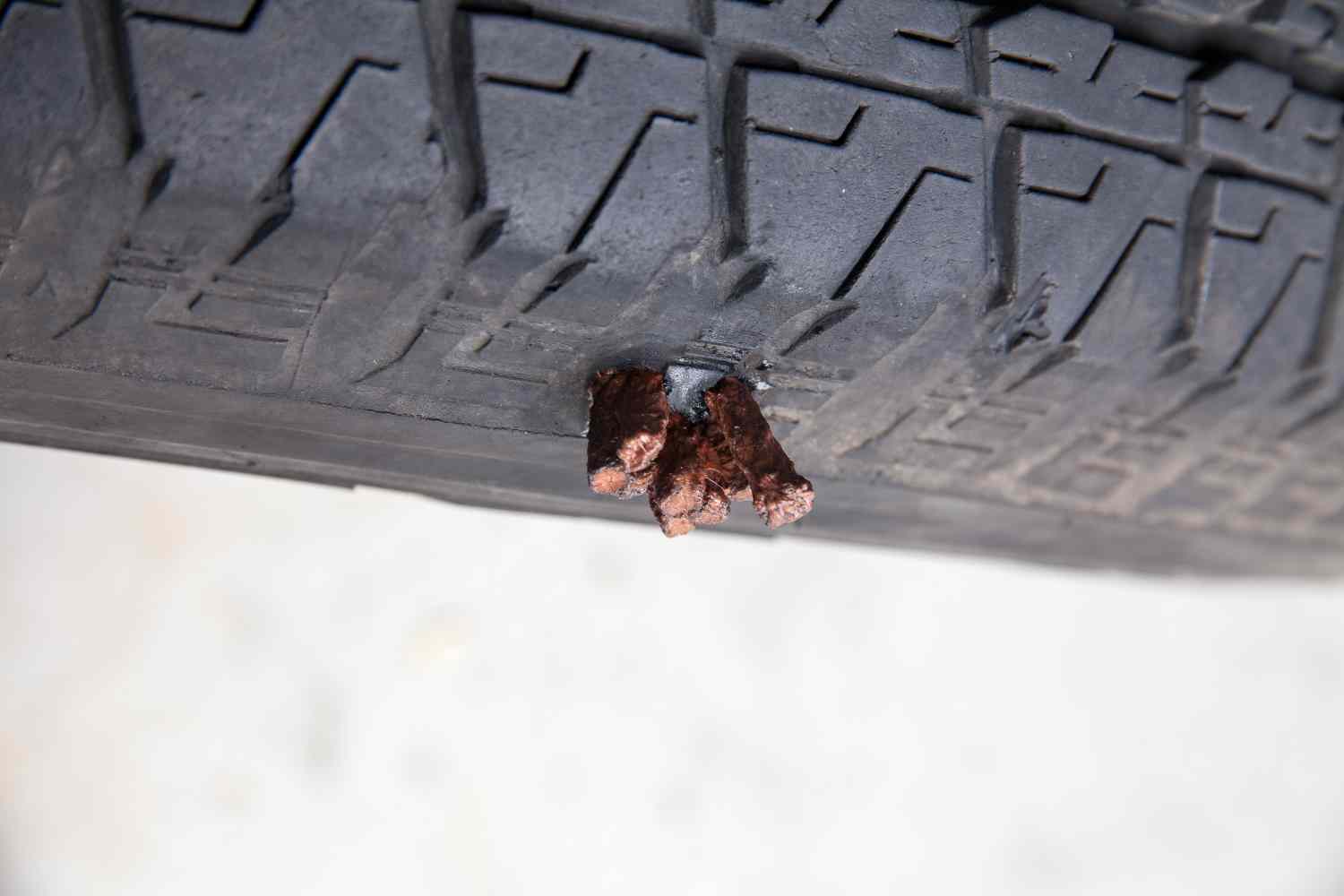
It’s important we state right now, when we’re talking cheap tyres, we don’t mean anyone who isn’t an advertiser; we’re talking about the bargain basement eBay tyres that are starting to pop up with an assortment of letters on the side where there should be a brand name. There’s only so much money you can save in raw materials. When the tyre you’re looking at costs half the price of the name brands, you’ve got to ask how. Unfortunately, the answer is often the design and construction.
Inferior design can lead to performance issues like poor handling in wet, lack of grip in mud, excessive drone, and poor tyre wear. Cheap construction is where things get deadly, with the potential for tyres to delaminate, sending you sideways into traffic with nothing more than the eBay complaints department to try and get your money back.
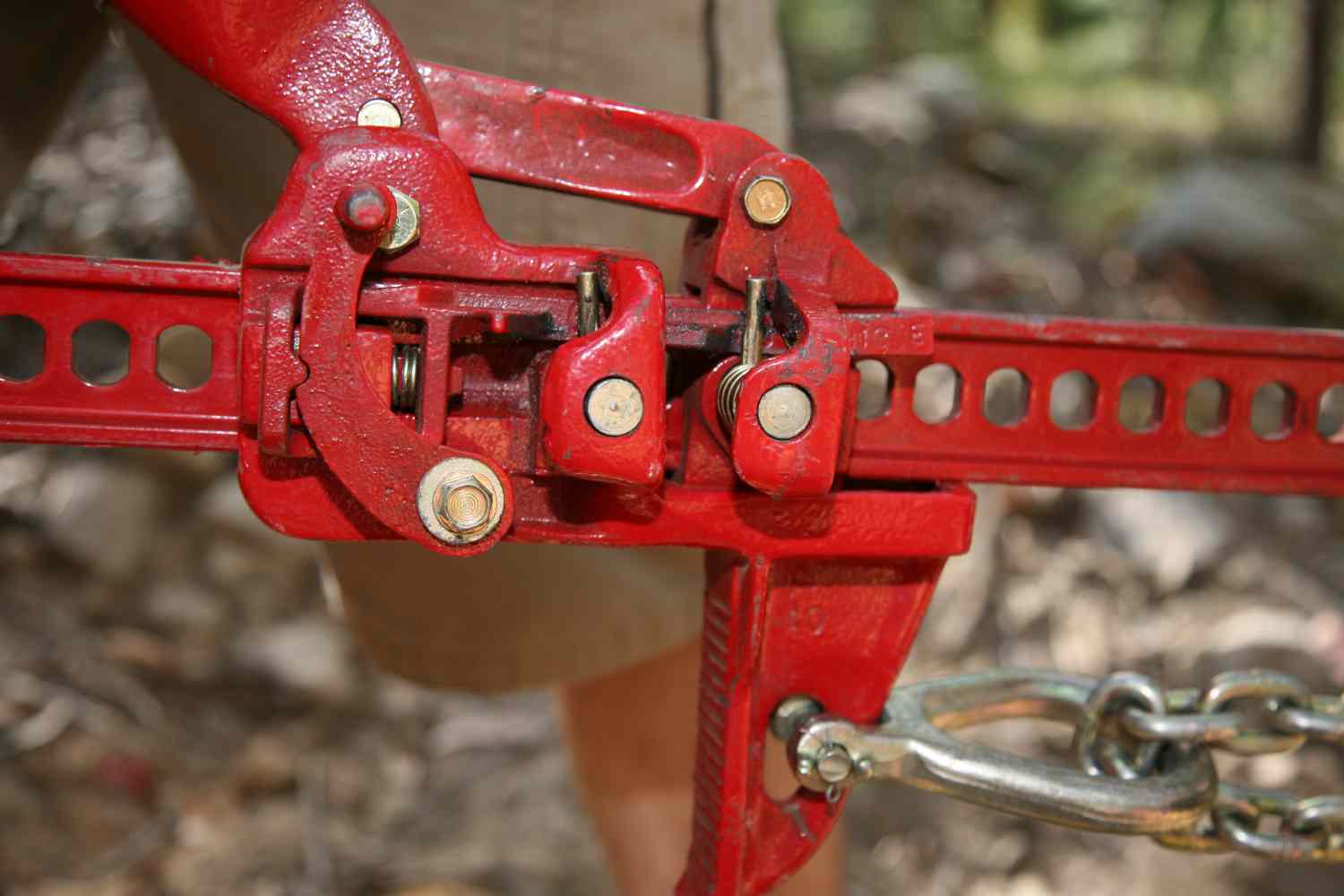
Using a high-lift jack is an inherently dangerous task at the best of times. They’ve got narrow footings and lift a whole heap of weight precariously on the end of a thin shaft. Things get even worse when the jack doesn’t work smoothly. In cheaper versions, the lifting mechanism can jam or become stiff, generally at the worst possible time. The I-beam can also bend, causing the jack to be even less stable and jam the lifting mechanism as it cycles.

We touched on tyre construction and the dangers of running pressures too low last issue. So it should come as no surprise that one of these tips directly relates to running tyres too low. Cheap gauges are manufactured with cheap tolerances. They’re simply not accurate enough to give you a true reading accurate to 1psi.
The poor tolerances and construction mean that over time, they can become even less accurate, so even if you had it dialled in from the start, there’s no telling what pressures they’ll be reading 12 months later. Not a good way to save $30.
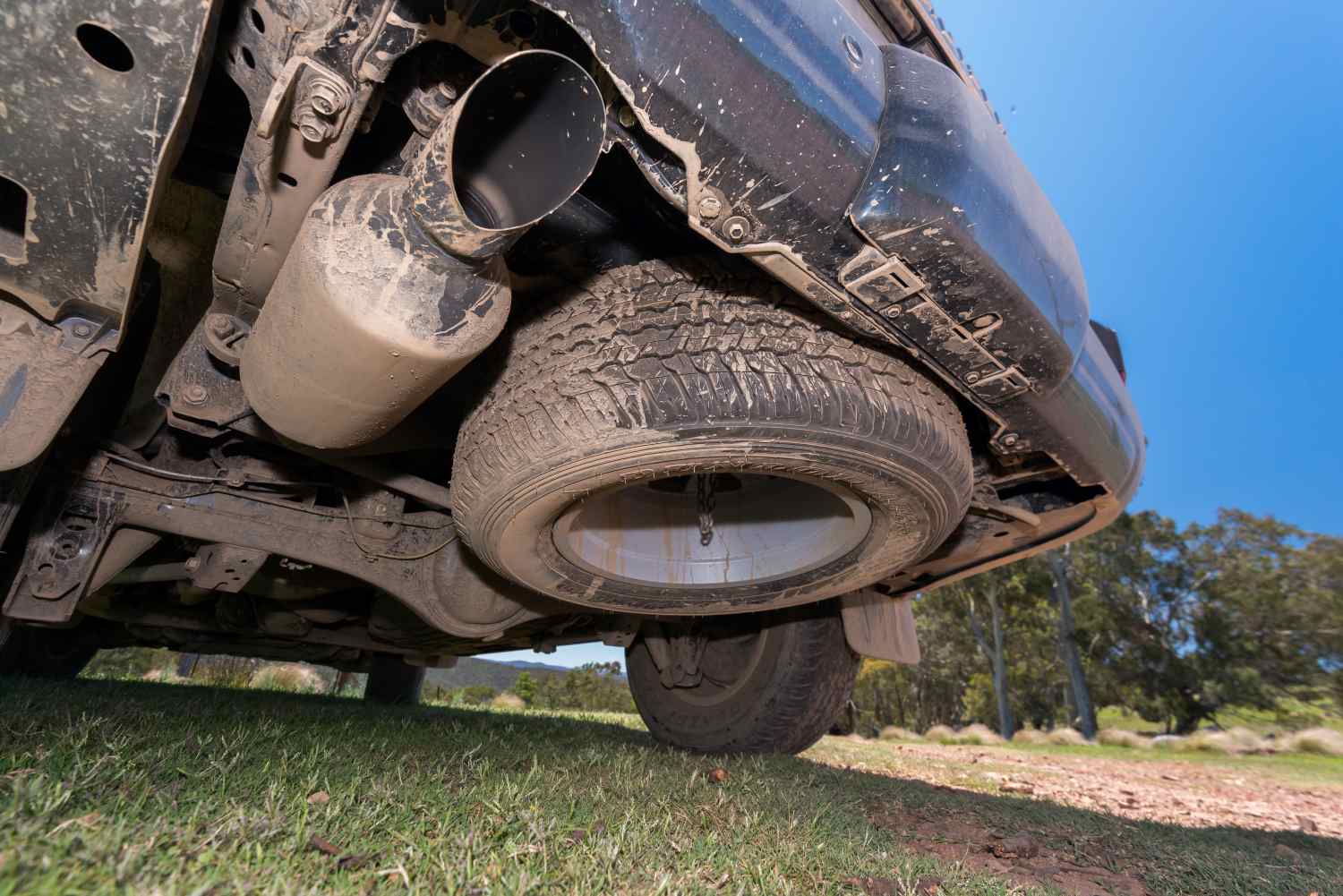
Exhausts are a tricky thing to get right. Even a 0.25 change in pipe diameter can affect not only how much power your engine makes but also where in the rev range it makes it. And that’s not even going into the concerns of emissions and drone.
So we have to ask. Why are there companies offering the same size exhausts for a 2.5L 4-cylinder Mitsubishi Triton as they are for a 4.5L V8 twin-turbo Land Cruiser? Pretend for a second that both those vehicles need the exact same specifications for maximum power and driveability, or that they both sound best with that size exhaust. It’d take a special kind of mental gymnastics to think that every single 4X4 on the market works best with those specs. Cheap exhausts simply don’t work as well as they can.